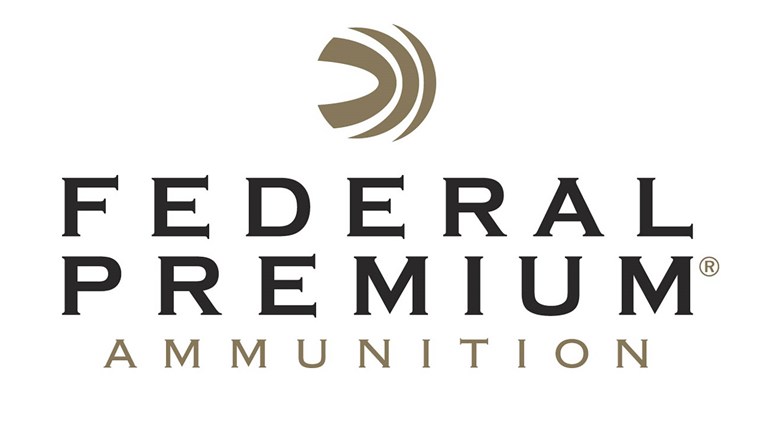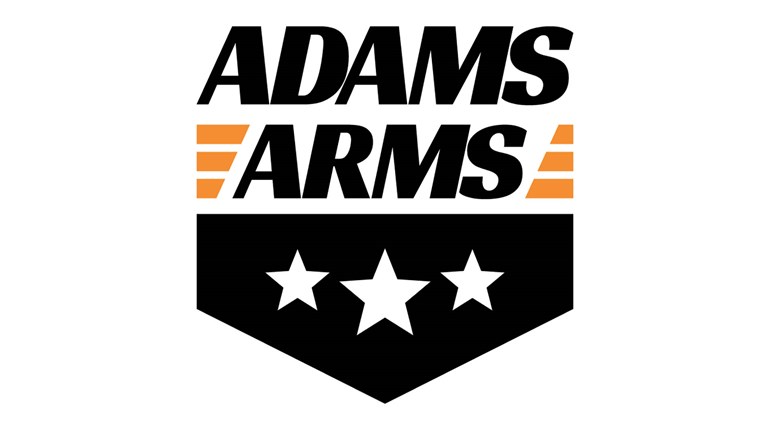
The United States Marine Corps announced earlier this month it is changing the shooting standards to which it has adhered for more than a century. The new system will reflect accuracy as well as the speed at which a Marine delivers hits on target.
Re-evaluation of the century-old marksmanship qualification standards began in 2018, when a combat lethality study found an unexpected loss in proficiency in engagements at unknown distances, or when the Marine or target were on the move. The Marine Corps is investing $34 million to better train its troops with the new system, phasing out an approach that required delivering 30 rounds at established distance in two minutes. The old scoring system didn’t differentiate between lethal shots and those that may not stop an aggressor or readily identify distances problematic for a particular shooter.
“This is about increasing lethality,” Col. Gregory Jones, commander of the Weapons Training Battalion—part of Training Command at Marine Corps Base Quantico in Virginia—told Stars and Stripes. “This is not your granddad’s rifle range.”
Marines are required to annually prequalify and qualify with their rifles. If a prequalification score met standards, it could be accepted for both in the past. Now it must be at the expert level, not just at marksman or sharpshooter performance, to do so.
In addition, the Marine Corps has begun allowing entry-level shooters to support rifles with their magazines. The change reflects improvements in magazine design and strength as well as widespread success using the approach in civilian competitions.
“The rifle range in 1907, it’s not bad or good. It’s what we had when we had … a 1903 Springfield [rifle], which was an 1890s technology,” Jones explained to Stars and Stripes. “Now we have an M-16A4. The test is not as true a measure of lethality as it was when we had older, outdated technology.”




































